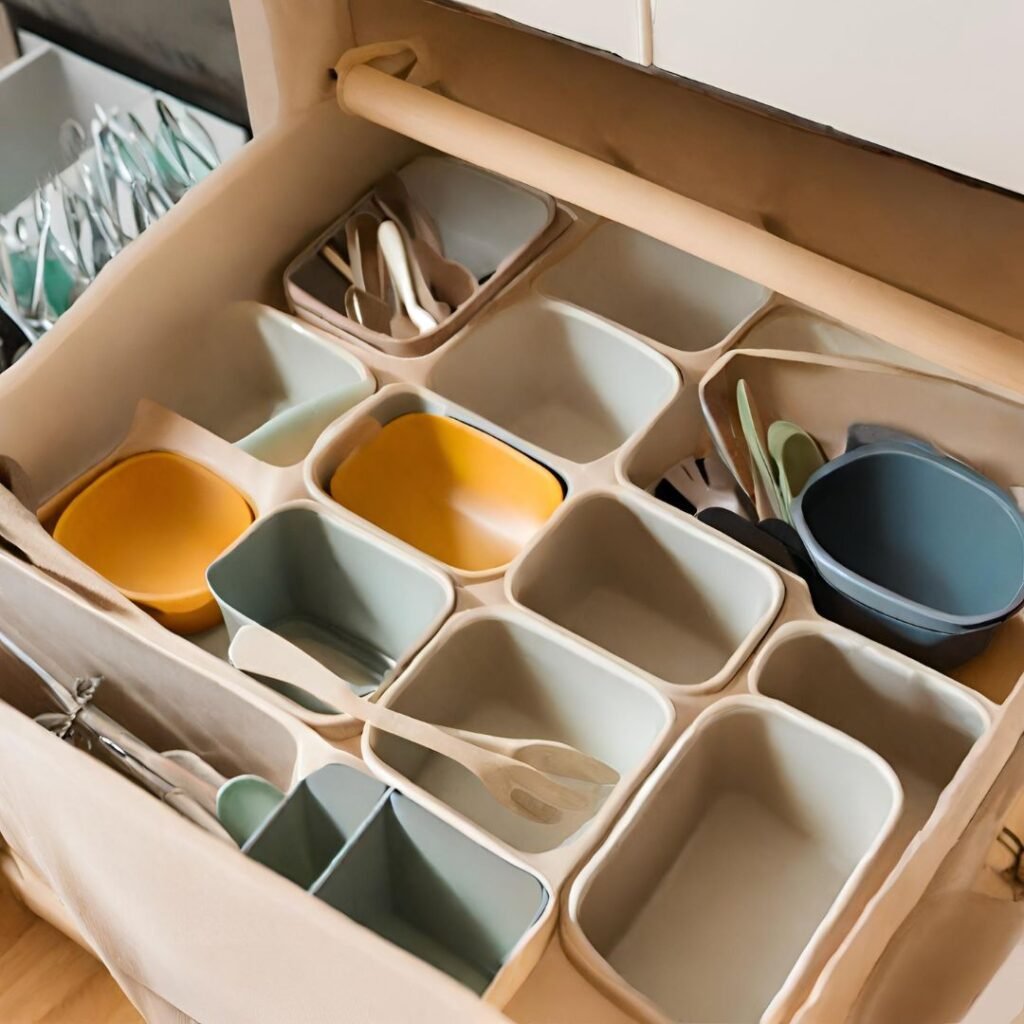Table of Contents
Introduction
In the bustling world of culinary creations and delectable dishes, ensuring food safety remains paramount. Proper sanitation practices, particularly the handling and storage of utensils, play a crucial role in preventing cross-contamination and foodborne illnesses. While the temptation to store in-use utensils in sanitizer might seem like a convenient solution, understanding the guidelines and limitations of this practice is essential in maintaining hygiene and safeguarding public health.
Understanding the Guidelines
Food safety organizations, such as the National Restaurant Association and the Centers for Disease Control and Prevention, have established clear guidelines for the storage of in-use utensils. These guidelines emphasize the importance of using an approved sanitizer solution, which is a chemical agent that effectively reduces the presence of harmful microorganisms.
Recommended Methods for Storing In-Use Utensils:

- Dipper Well with Continuous Flow of Water: Utensils can be stored in a dipper well with a continuous flow of water at a minimum temperature of 120°F (49°C) to maintain sanitization.
- Hot Water or Food: Utensils can be submerged in hot water or food maintained at a minimum temperature of 135°F (57°C) to ensure proper sanitization.
- Sanitizer Solution: Utensils can be stored in a well-maintained sanitizer solution, following the manufacturer’s instructions for concentration and contact time.
Read this article : which is an approved method for storing in use utensils
Benefits and Challenges
Benefits of Storing In-Use Utensils in Sanitizer:

- Prevents Bacterial Growth: Sanitizer solutions effectively eliminate bacteria, preventing the spread of foodborne illnesses.
- Maintains Cleanliness: Utensils remain clean and ready for immediate use, reducing the risk of cross-contamination.
Challenges and Potential Drawbacks:
- Sanitizer Solution Effectiveness: Food debris can quickly inactivate the sanitizer, rendering it ineffective.
- Proper Air Drying: Utensils must be thoroughly air-dried after removal from sanitizer to prevent bacterial growth.
- Regular Solution Changes: Sanitizer solutions require regular changes to maintain effectiveness.
- Utensil Overcrowding: Overcrowding utensils in sanitizer can hinder proper disinfection.
Step-by-Step Guide
- Prepare Sanitizer Solution: Follow the manufacturer’s instructions to prepare the sanitizer solution in a designated container.
- Arrange Utensils: Place utensils in the sanitizer solution, ensuring they are fully submerged and not touching each other.
- Maintain Sanitizer Concentration: Monitor the sanitizer solution regularly and replenish or replace it as needed.
- Ensure Proper Hygiene: Wear gloves when handling utensils and sanitizer solution to prevent cross-contamination.
- Air Dry Utensils Thoroughly: After removing utensils from sanitizer, air dry them completely before storing them.
Part 5: Common Mistakes to Avoid
- Using Contaminated Sanitizer Solution: Avoid using a sanitizer solution that is visibly dirty or has exceeded its recommended lifespan.
- Overcrowding Utensils: Overcrowding utensils in the sanitizer can prevent proper disinfection and bacterial growth.
- Skipping Air Drying: Failure to air dry utensils after removal from sanitizer can lead to bacterial growth.
- Improper Storage: Store sanitized utensils in a clean, dry, and designated location.
FAQs
How often should I change the sanitizer solution?
The frequency of sanitizer solution changes depends on the manufacturer’s instructions and the volume of utensils being sanitized. Generally, solutions should be changed every 4-6 hours or after heavy use.
Can I use household bleach as a sanitizer?
While bleach is a disinfectant, it is not recommended for sanitizing utensils due to its corrosive nature and potential to leave a lingering odor or taste.
How long should I store utensils in sanitizer?
Utensils can be stored in sanitizer for up to 24 hours, provided the solution is maintained at the correct concentration and temperature.
What is the proper way to air dry utensils after sanitization?
Place utensils on a clean, sanitized rack or surface to allow for thorough air drying. Avoid stacking utensils to prevent moisture traps that can promote bacterial growth.
Conclusion
Maintaining proper sanitation practices in food handling is crucial for preventing foodborne illnesses and ensuring public health. While storing in-use utensils in sanitizer can be a convenient solution, it is essential to adhere to established guidelines and follow recommended procedures. By understanding the benefits and challenges of this practice, implementing the step-by-step guide, and avoiding common mistakes, food handlers can effectively sanitize utensils and contribute to a safe dining experience. Remember, food safety begins with proper hygiene, and every step taken to maintain cleanliness and prevent contamination is a step towards protecting the health and well-being of those we serve.
